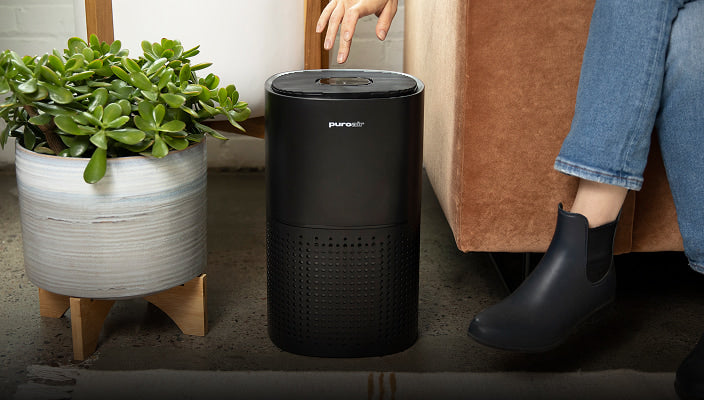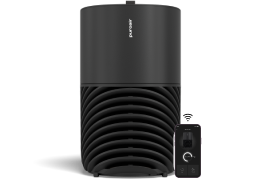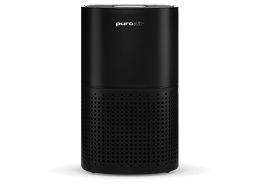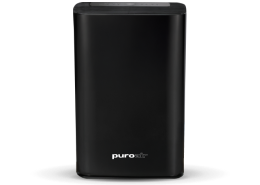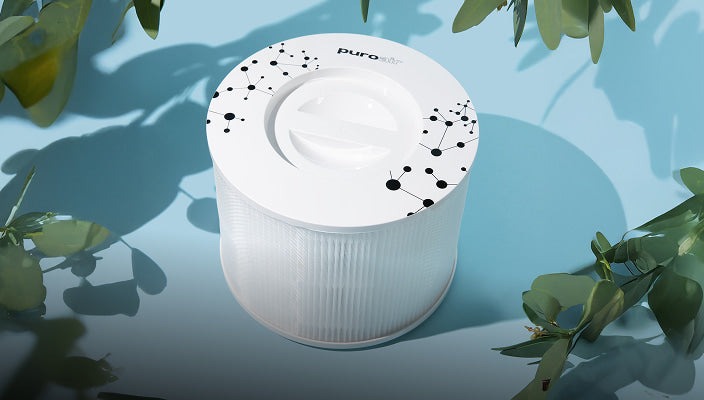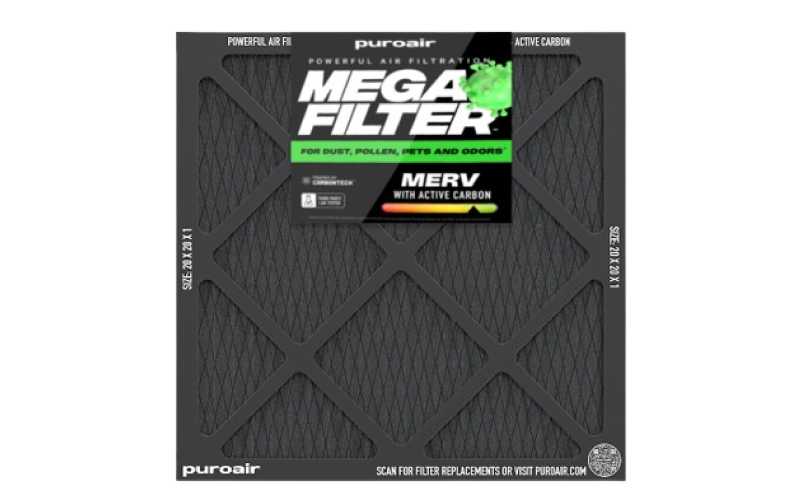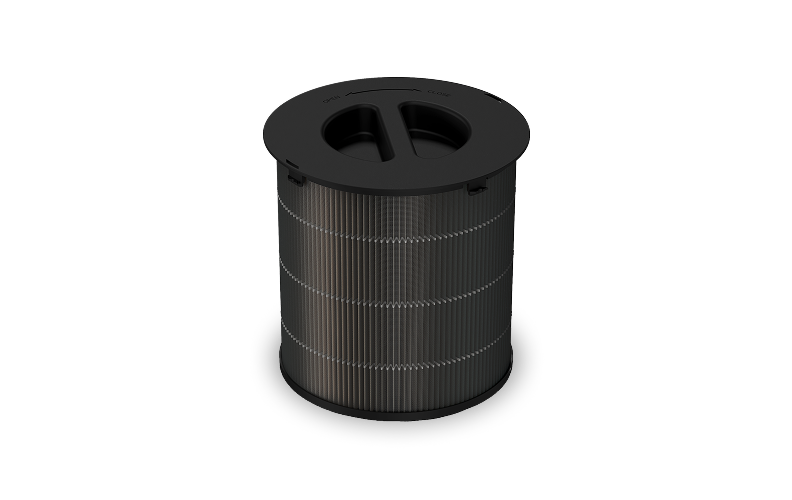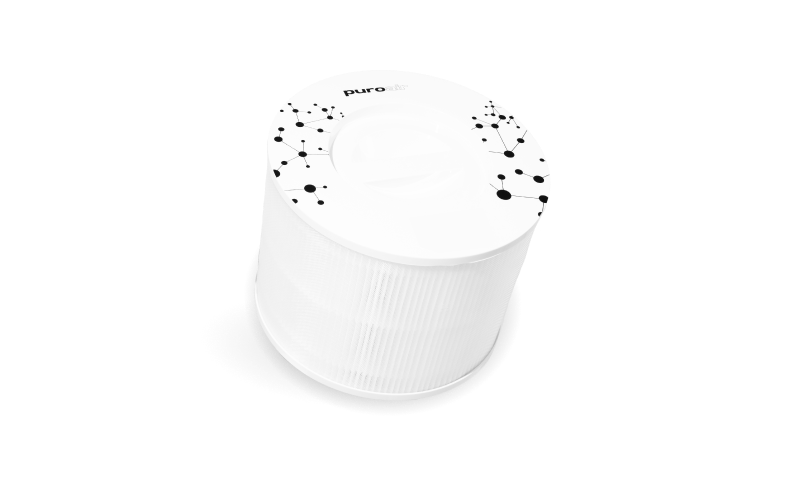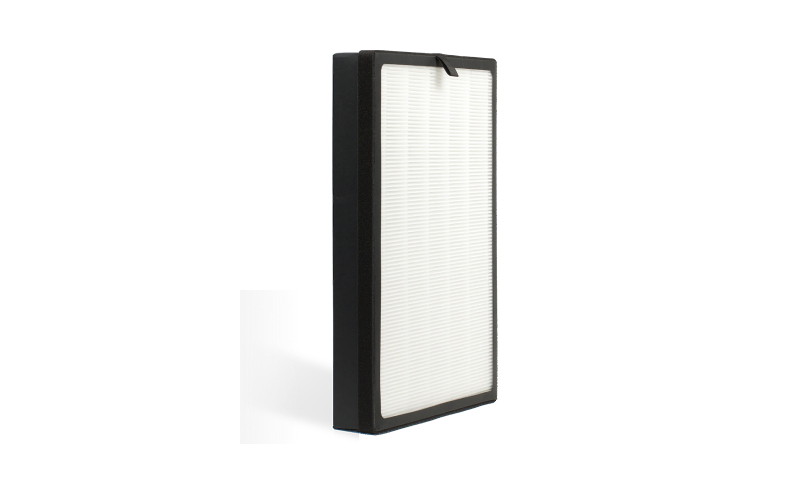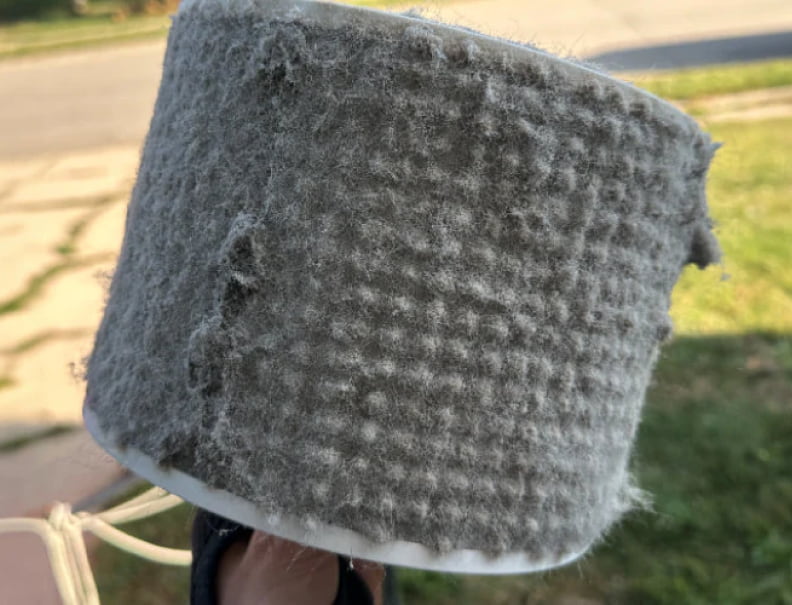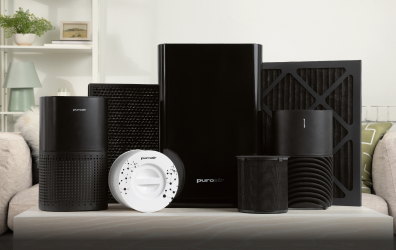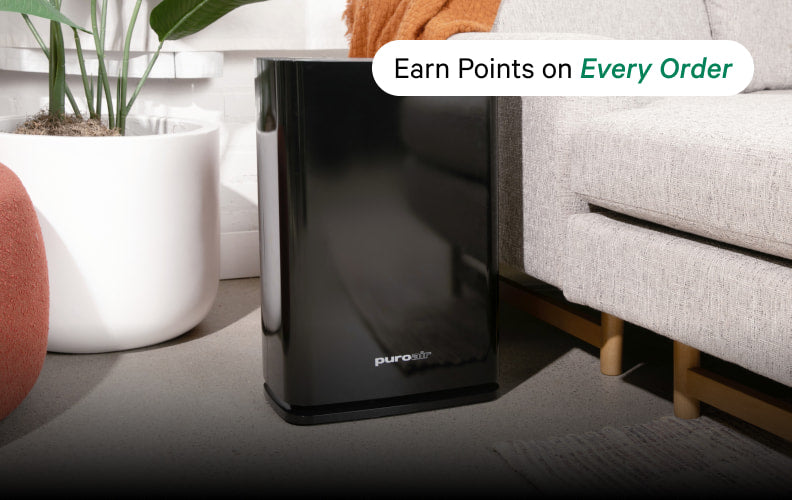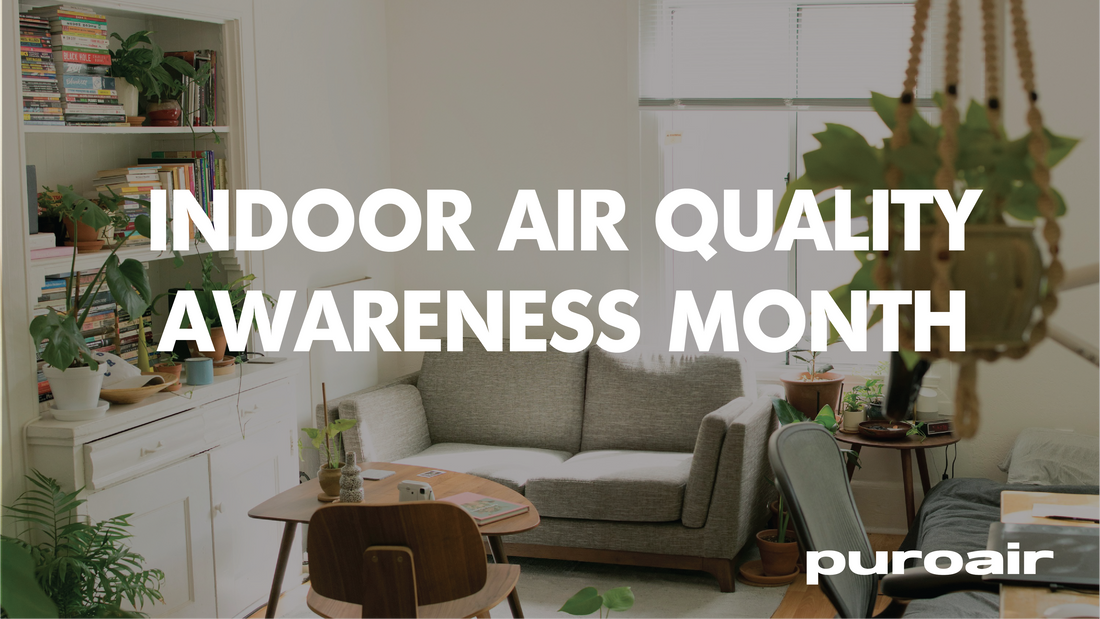October is Indoor Air Quality Awareness Month. Not many people know about this month dedicated to indoor air quality, but that does not make it any less important. Recent reports show that Americans spend about 90% of their time indoors, yet most of our information and focus in the media is on outdoor air quality. This may be surprising, but indoor air is often 2-5 times more polluted than outdoor air. Additionally, recent research has linked poor indoor air quality to dementia, high blood pressure, and poor respiratory health. These findings have shown that the quality of our air has a strong effect on our health outcomes, and being aware of these risks and steps you can take to prevent poor air quality from affecting your family have never been more important.
The Hidden Truth About Indoor Air Quality
Misconceptions are common when it comes to indoor air quality. So much of our focus has been on pollution and outdoor air quality, that we have not been well informed regarding air quality indoors.
- “If I can’t see it, it’s not there”: Because dust is visible, we often view it as being the only thing we need to filter out of indoor air. Unfortunately, invisible pollutants are often significantly more dangerous than their visible counterparts like dust.
- “New homes are cleaner”: While new builds may be less dusty, they also come with a host of invisible pollutants from fresh paint, glues, stains, and more.
- “Air fresheners improve air quality”: While air fresheners might make your home’s air smell better superficially, they also release harmful chemicals and artificial fragrances into the air which can irritate your airways.
-
“I can just open the windows”: Opening the windows can definitely help bring in fresh air, but you need to be mindful of the outdoor air quality conditions as well. This might not be a great fix for those living in a busy downtown area or near a busy roadway.
In reality, indoor air contains a shocking amount of invisible particles and chemicals from sources including gas, building materials, household cleaning products, home improvement materials, HVAC systems and more. With so much time being spent indoors, it is crucial to understand what factors are affecting your air at home and how you can take steps to improve your indoor air quality.
Know Your Indoor Air Pollutants
Particulate Matter (PM2.5 and PM10)
Particulate matter (PM) refers to tiny solid particles and liquid droplets that are suspended in the air. They are so small that they remain airborne rather than settling to the ground. These microscopic particles can come from various sources including vehicle exhaust, industrial emissions, cooking, wildfires, and even natural processes like pollen release. The key distinction between PM10 and PM2.5 is their size, which directly affects how deeply they can penetrate into your respiratory system and their potential health impact. PM10 particles have a diameter of 10 micrometers or smaller which is about one-seventh the width of a human hair. While particles this size can irritate your nose, throat, and upper respiratory tract, most are filtered out by your body's natural defenses. PM2.5 particles, however, are significantly more dangerous because they measure 2.5 micrometers or smaller which is roughly 30 times thinner than human hair and so microscopic they can bypass your body's filtering systems entirely. These ultrafine PM2.5 particles can penetrate deep into your lungs, enter your bloodstream, and even cross the blood-brain barrier causing inflammation and risk of serious health issues.
- Sources: Cooking, candles, cleaning activities, and infiltration from outdoors
- Health Impacts: Respiratory irritation, can also have effects on the cardiovascular system and brain
- Why it’s dangerous: PM2.5 particles are incredibly small (30x smaller than the diameter of a human hair!) They are so small that they can actually enter the bloodstream and cross the blood-brain barrier affecting cognitive health and full body inflammation.
Volatile Organic Compounds (VOCs)
- Sources: Cleaning products, furniture, carpets, paint, varnishes, and air fresheners
- Health Impacts: Headaches, dizziness, nausea
- Why it’s dangerous: smells like “new car smell” or the smell of cleaning products when you clean your home are actually toxic chemical emissions.
Biological Pollutants
- Sources: Mold, dust mites, pet dander, pollen
- Health Impacts: Allergic reactions, asthma, congestion, respiratory irritation
- Why it’s dangerous: these “natural” pollutants can still be harmful and irritating to respiratory systems.
Room-by-Room Air Quality Breakdown
Kitchen: The Pollution Hotspot
Cooking produces odors which can be unpleasant, but it also produces chemical pollutants as well. When cooking oils are heated under high heat, they create smoke and release particulate matter and VOCs into the air. Gas stoves release NO2 into the air which can increase rates of asthma in children.
Solutions: Always use a range hood while cooking, if you have one. Additionally, consider opening windows if you can and using an air purifier in the kitchen while you prepare meals.
Bedrooms: Where you Spend ⅓ of your Life
If we are getting healthy amounts of sleep, we should be spending about a third of our time in our bedrooms. They should be a sanctuary for relaxation, but unfortunately dust mites in bedding and carpets and off-gassing from mattresses and furniture can make relaxing difficult. Additionally, if you suffer from allergies, sleep can be hard to come by during peak seasons due to uncomfortable symptoms.
Solutions: Wash bedding and vacuum regularly. Air purification can be a game changer for nighttime allergy symptoms. In a study with SleepScore Labs, participants reported a 57% increase in sleep quality when using a PuroAir purifier.
Living Areas: High Traffic Zones
Dust and particles from daily activities can quickly accumulate in high traffic areas like the family room. Candles, air fresheners and cleaning products can impact air quality in these spaces that we spend the most time in. Also consider where your pets like hanging out. Their favorite spot on the couch may be accumulating pet fur and dander day after day.
Solutions: Consider using natural cleaning products and cleaning these spaces frequently. Also implement strategic air purification in these high traffic zones for major impact.
Basements and Garages: Overlooked Problem Areas
Basements and garages are often where people store home improvement supplies such as paints, stains, solvents and more which release VOCs into the air. Additionally, mold and moisture issues in these parts of the home can affect air quality if not properly managed.
Solutions: Ensure chemical supplies are kept in an area with good ventilation or outdoors in a shed. Consider using a dehumidifier to keep moisture levels under control.
High Risk Populations
While poor indoor air quality negatively affects everyone, there are certain groups of people that are disproportionately impacted.
Children and Infants
Young children and infants have quickly developing respiratory systems that are more susceptible to irritation and long term effects of unhealthy air like the development of asthma and allergies.
Elderly Adults
On the other end of the spectrum, elderly adults are also particularly impacted by poor air quality. Older adults tend to spend much more time indoors and often have pre-existing health conditions like COPD and heart disease that cause respiratory sensitivity. Older populations also tend to struggle more frequently with conditions like dementia and high blood pressure, both of which poor air quality has been linked to recently.
People with Chronic Conditions
People with pre-existing conditions like asthma, COPD, and heart disease need to be especially careful when it comes to air quality. Poor air quality can cause stress on the heart and lungs and flare-ups of certain conditions. Those with these conditions should check local air quality reports when planning on spending a lot of time outdoors and invest in air purification indoors.
How to Assess your Indoor Air Quality
Nowadays, it is relatively easy to check on the outdoor air quality for your local area. The weather app on your phone often will show you the AQI number, and there are many websites that provide more detailed information. Unfortunately, your indoor air quality can be a bit more of a mystery. While it is possible to get your home’s air professionally tested, this can be expensive and only gives out a snapshot in time of the status of your home’s air. Right now, your best bet is to use observational signs such as persistent odors, stuffiness, dust accumulation, respiratory symptoms, and other symptoms such as headaches as signs of your home’s air quality. PuroAir’s air purifiers also have built in sensors that will tell your purifier when to kick it up a notch. This may not provide an actual air quality index number, but the red, yellow, or green light can give you an idea of how your home’s air is doing and what activities negatively impact the air quality. Plus, you never have to worry about changing the settings yourself.
Taking Action: Your Air Quality Improvement Plan
Tackling your home’s air quality can seem like a daunting task. It seems like everything you do negatively impacts your air, and it can be hard to understand what actually helps. First, consider identifying and eliminating pollution sources like harsh chemical cleaners, mold issues, linens and carpets that may be carrying dust mites or pet dander, and more.
Next, upgrade your HVAC filters for a full home solution. PuroAir has a high quality HVAC filter called the MegaFilter. This filter has a MERV 13 rating, is 4x more effective and lasts 3x as long as a traditional fiberglass filter.* Upgrading your HVAC filter will ensure that your home has a good baseline for air quality, but it can still be important to add purifier units in critical areas.
Add purifiers in your most trafficked rooms and the places where you spend the most time. The kitchen, living room, and bedrooms are a great place to start. PuroAir has a few different models that vary in size. Depending on the layout and design of your home, check out the PuroAir 400 (up to 2000 square feet of coverage), the PuroAir 240 (up to 1000 feet of square coverage) and the PuroAir 130i (up to 600 square feet of coverage). These purifiers can add an extra layer of comfort and protection with high quality HEPA filters that filter up to 99.9% of airborne particles down to 0.3 microns in size so even PM2.5 will be filtered out of your air.
Long term, be sure to change HVAC and purifier filters regularly. We recommend changing them about every 90 days. To make it easier to remember to change filters on time, consider signing up for our filter subscription program. Running a dirty filter can cause your filter or HVAC system to run less efficiently and can reduce the amount of air that gets purified. You can always adjust your subscription as needed, but having clean filters delivered on time to your doorstep can make breathing clean a whole lot easier.
Your Health is Worth Clean Air
Indoor Air Quality Awareness Month is just the beginning. While we are so glad to be spreading awareness this month, indoor air quality is something to be aware of year-round. Different seasons bring different air quality challenges and health impacts. It is important to know that even small changes like increasing ventilation or investing in a better HVAC filter can have a big impact on our long term health outcomes. Investing in your lung health now with air purification will pay dividends later in health and comfort. Clean air shouldn’t be a luxury. It is necessary for surviving and thriving in today’s modern world. Now with a greater understanding of indoor air quality, protect your family the best way you can with high quality indoor air purification from PuroAir.

